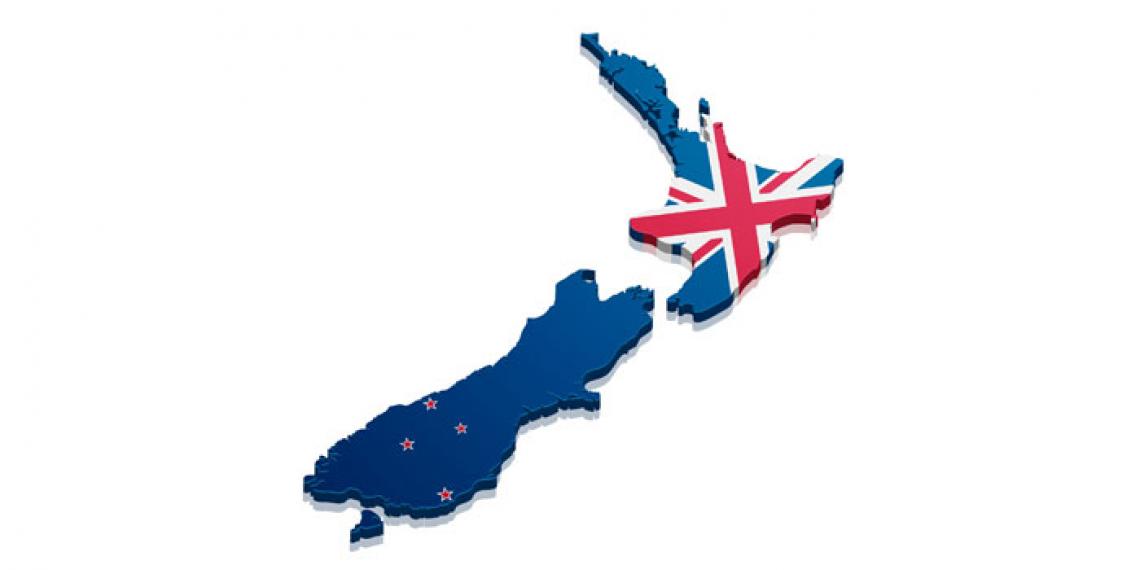You are here
Forgotten New Zealand

A new report looks at how provincial New Zealand is being left behind while our wealth is focused on the cities.
The Salvation Army was really never a church in the traditional sense, defined by its buildings, liturgy and ecclesiastical structures. It was a mission set up to proclaim the gospel, anyplace, anyway and anyhow.
Abandoning traditional church methods for an unrestrained audacious mission approach, the young Salvation Army was involved in some peculiar activities: church services held in the street, members going to prison to show the evil of child prostitution and officers producing and directing some of the earliest movies. This wasn’t a church as anyone had known it. When the manufacturer of matches caused workers disability and illness, the Army’s response was to make matches safely.
These methods were not a new marketing ploy or an attempt to do church in a new way. Th e driver was a theology that emphasised God’s love for all people, the possibility of personal redemption from sin and the chance to create the Kingdom of God in everyday life. Early Salvationists believed strongly in God’s call to ‘act justly, love tenderly and walk humbly [in relationship] with their God’ (Micah 6:8).
This unconventional mission approach has remained the Army’s hallmark through to present day. It is reflected in the mission approach of the Army in New Zealand ‘to transform lives, care for people and reform society’.
Within this context of faith earthed in real life situations, The Salvation Army in New Zealand has recently released a report, Mixed Fortunes, looking at the social and economic health and wellbeing of people in provincial New Zealand. The Salvation Army has always had a strong presence in the provinces. Invercargill, Timaru, Blenheim, New Plymouth, Whanganui, Hamilton, Gisborne, Napier and Whangerei are some of the provincial areas of New Zealand where the Army has worked to bring its understanding of the Christian gospel to the lives and activities of people.
Often we hear stories about the wellbeing of people in New Zealand’s cities, but not of people in the rural and provincial parts of New Zealand. Army leaders felt it was important to draw attention to the situation of some of the people The Salvation Army provincial corps and centres work with, and so released Mixed Fortunes for public discussion. Regional corps in New Zealand are hosting community discussions in conjunction with the Social Policy and Parliamentary Unit.
The demographic dominance of the baby boomer generation and their retirement features in the report. New Zealand researchers have given little consideration in the past to the implications of the uneven geographical aging of New Zealand. Auckland is younger and aging much slower than the rest of New Zealand, while provincial regions in both islands are already much older and aging more quickly than the national average. This process is expected on account of migration— the loss of young people from smaller communities, towns and cities to Auckland and beyond, matched by the migration of older people from the larger cities to warmer regions where housing is less expensive.
What makes these trends compelling are the numbers: recent population projections by Statistics New Zealand suggest that by 2040, almost one half of the population of some districts will be aged over 65 years. It is a challenge for how New Zealand supports the regions, as well as something The Salvation Army’s mission strategy needs to factor in.
It is apparent that New Zealand is on a divergent growth path that risks the creation of two New Zealands—Auckland and the rest. Recently released population forecasts suggest that over the next 25–30 years, Auckland may account for over 60 per cent of New Zealand’s population growth. Aucklanders, in time, will make up about 40 per cent of the population.
For most of New Zealand’s human history resources and economic opportunities weren’t evenly distributed. The income and employment shocks caused by the Global Financial Crisis (GFC), have thrown these differences into sharper contrast. Most North Island regions have been slow in recovering from the GFC, both in employment and incomes. In comparison, South Island regions have done relatively well.
Th e wellbeing of people in the regions is refl ected in a similar way. Th e number of people in high social distress and poor wellbeing among people seems to follow the economic fortunes of the region they live in.
Outcomes for children and youth in regions such as Otago, Canterbury and Wellington are consistently good—at least in relative terms—with high rates of participation in early childhood education and low rates of reported harm or neglect to children. These have led to greater levels of educational success, lower youth unemployment and lower youth offending. The exact opposite applies to Northland, Gisborne, Waikato and Manawatu-Whanganui.
The same spread of fortunes is evident in the areas of safety and social hazards. Once again Wellington, Canterbury and Otago are consistently the safest places to be, and have the lowest social hazards. Northland, Gisborne, Hawkes Bay and Manawatu-Whanganui have consistently done poorly here.
The choices we face are either to react to crises once they have happened or become apparent, or to plan for changes through investment in capacity and resilience. The report identifies challenges not only for the nation, but for The Salvation Army if it is to continue following its historical mission and apply the gospel to the real challenges of New Zealand life and its people.
Read the Mixed Fortunes report by The Social Policy & Parliamentary Unit
by Campbell Roberts (c) 'War Cry' magazine, 11 July 2015, pp19.
You can read 'War Cry' at your nearest Salvation Army church or centre, or subscribe through Salvationist Resources.